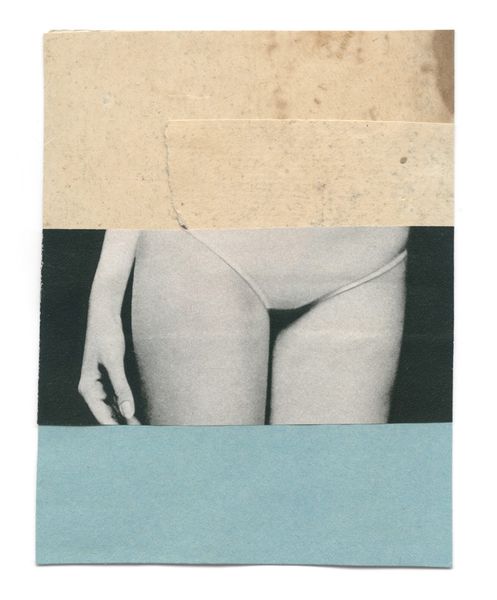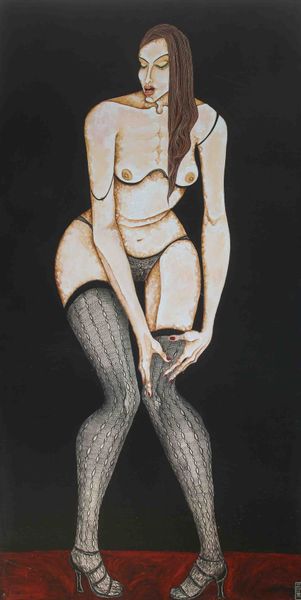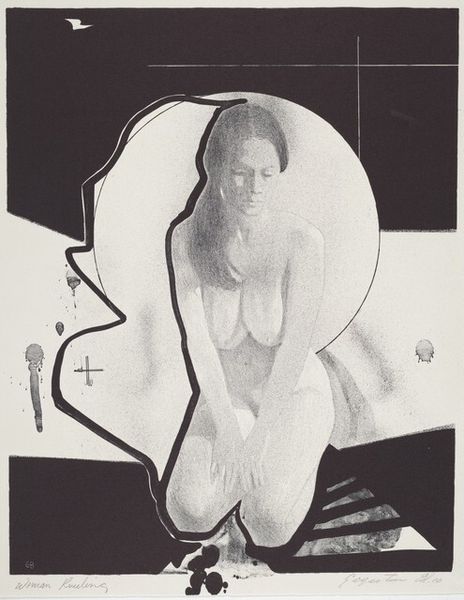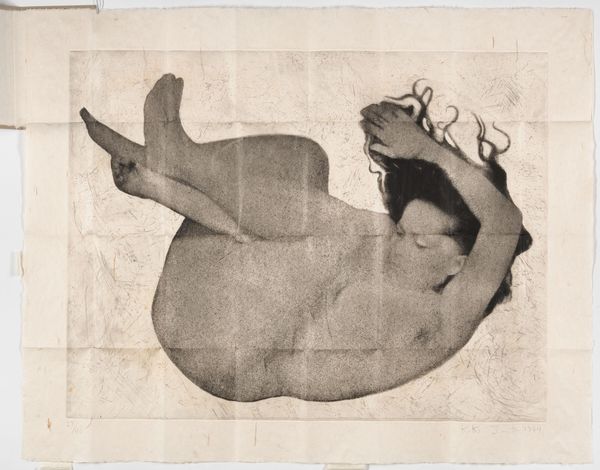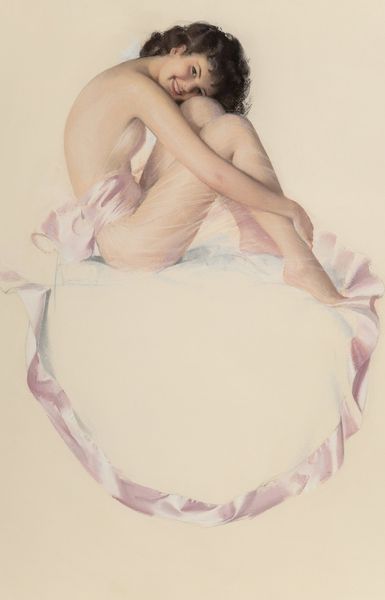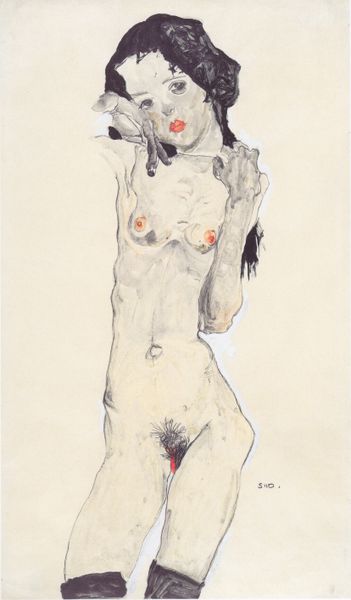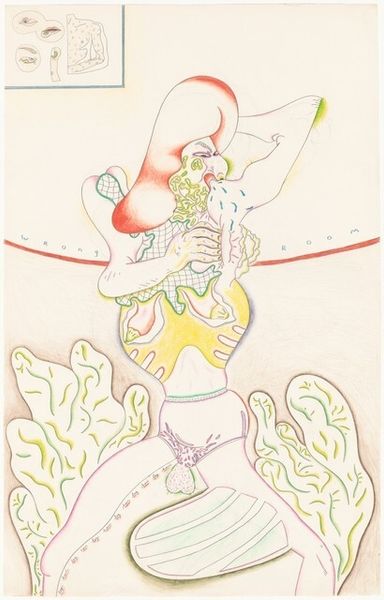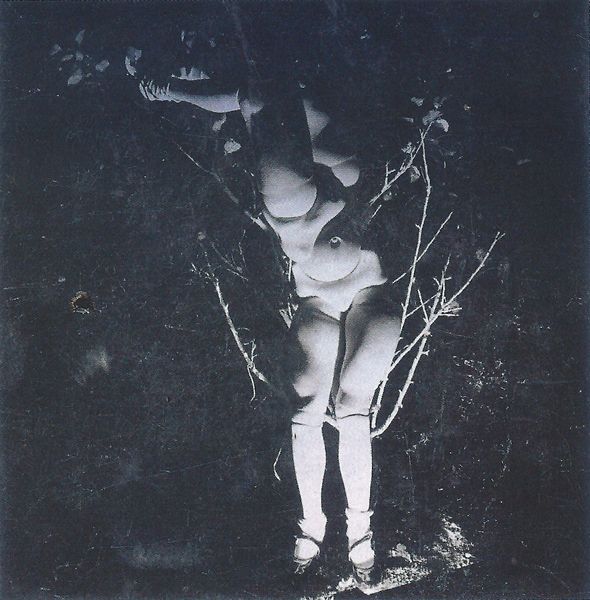
drawing, pencil
#
portrait
#
drawing
#
caricature
#
figuration
#
portrait reference
#
intimism
#
pencil
#
portrait drawing
#
nude
#
modernism
Copyright: Modern Artists: Artvee
Curator: The languid pose and detailed pencil work give Soey Milk's "What Am I Now That I Was Then" an ethereal quality, don’t you think? Editor: Ethereal and melancholic, definitely. There's a dreamlike quality to the whole scene. The softness of the rendering contrasts with the suggestive objects around her. Curator: Suggestive indeed. The figure's arrangement, seemingly relaxed, also hints at vulnerability. The string of beads, the partially-obscured belt, the scattered fabrics – they could be signifiers of both restraint and release. What cultural narratives are being invited here? Editor: Well, Soey Milk often grapples with themes of identity and transformation, particularly female identity. This piece, even without a confirmed date, reflects that modern artistic concern with dismantling traditional representation, moving toward self-portraiture and questioning historical power dynamics inherent in depicting the nude. Curator: Precisely. And it makes me wonder about the overlaid color dots. They strike me as symbolic…Perhaps representing fragmented memories or emotional states clinging to the figure. In terms of iconography, what emotional resonances do they trigger for you? Editor: Those playful pops of color are interesting—like intrusions of a digital aesthetic, a modern filter on an otherwise classical form. It reads, perhaps, as the layered self: a nudeness with the hard outlines softened through a social media veneer. We cannot consider images today without this awareness, a contemporary public life and a constructed persona, perhaps a means of softening what might otherwise read as bleak resignation. Curator: Interesting, indeed. Almost a type of protection. I appreciate that duality. Soey Milk’s choice of pencil alone for the composition really stands out, reinforcing intimacy. What does this bring forth for you? Editor: The pencil rendering contributes to that intimacy and also situates the drawing, maybe intentionally, within a history of portraiture. There's a certain quiet radicalism in reclaiming these classical tools, these traditions of depicting the female form while simultaneously subverting and modernizing the themes at play. It acknowledges tradition, but breaks from it. Curator: A fascinating tension. A push and pull that continues to invite interpretation and conversation. Editor: It certainly does. It makes me consider the place for a work like this within the public sphere of art.
Comments
No comments
Be the first to comment and join the conversation on the ultimate creative platform.
